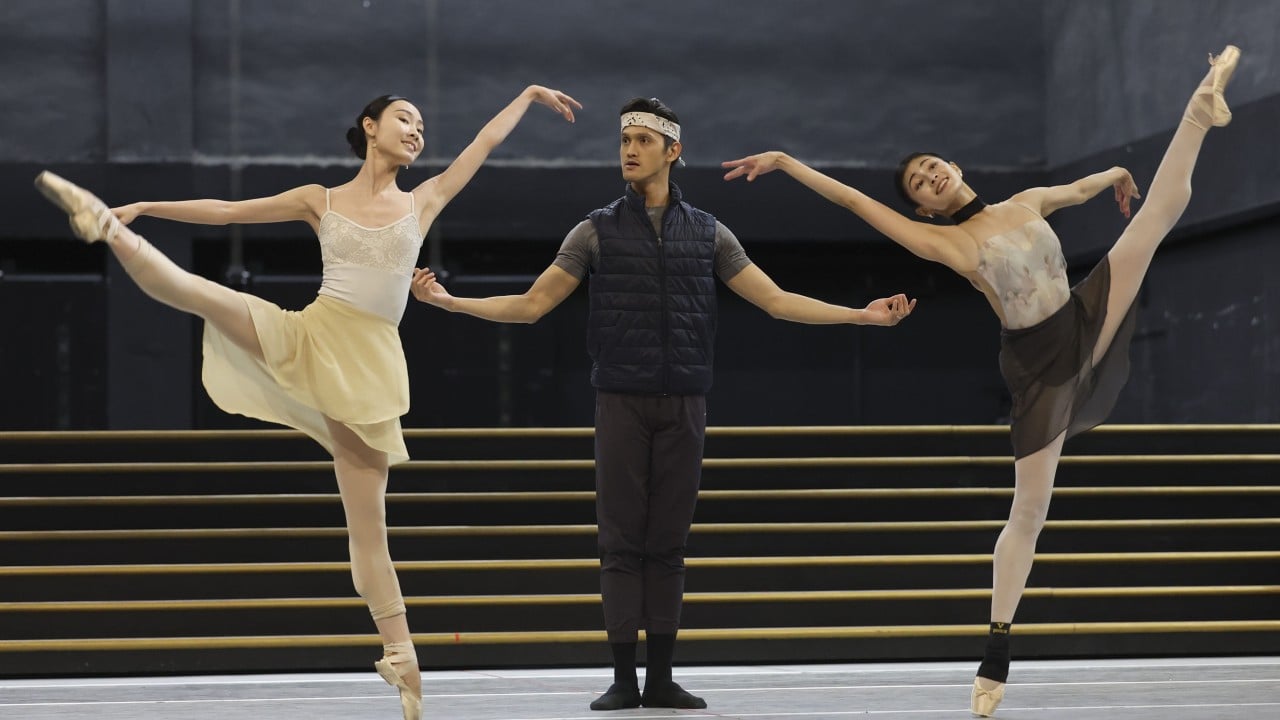“When it’s danced beautifully, nothing can beat it.” Septime Webre, artistic director of Hong Kong Ballet is talking about a new production of which he has commissioned from choreographer Yuri Possokhov that will premiere on May 31. A fantasy that portrays the struggle between good – in the form of Odette, the White Swan, and Prince Siegfried, who falls in love with her – and evil, personified by the sorcerer Von Rothbart, whose magic has turned Odette into a swan, and his daughter Odile, the Black Swan, with its magnificent Tchaikovsky score, is probably the world’s most famous ballet.
Ironically, the first staging, in Moscow in 1877, was a failure, and it was not until Marius Petipa and Lev Ivanov created a new version in St Petersburg in 1895 that the ballet came into its own. Today everyone has heard of but few may realise that much of the original choreography is not always used. While the sections that have made it so iconic – Ivanov’s Act 2, where Siegfried meets Odette, and Petipa’s Black Swan pas de deux in Act 3 – are invariably included, the rest of the ballet can vary considerably from one production to another.

This will be the Hong Kong troupe’s fourth full-length staging of the ballet since the company was founded in 1979, and each production has reflected not only its artistic growth but the ideas of successive artistic directors. The first, created by André Prokovsky in 1988 under Garry Trinder, was a necessarily modest affair given th.
















